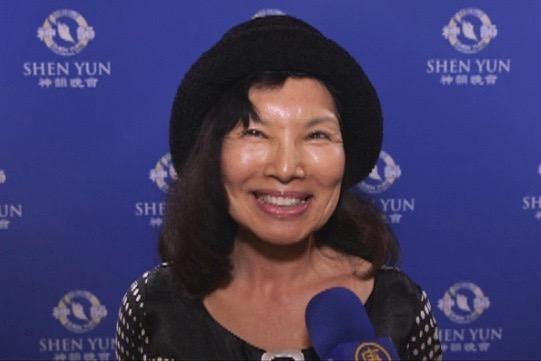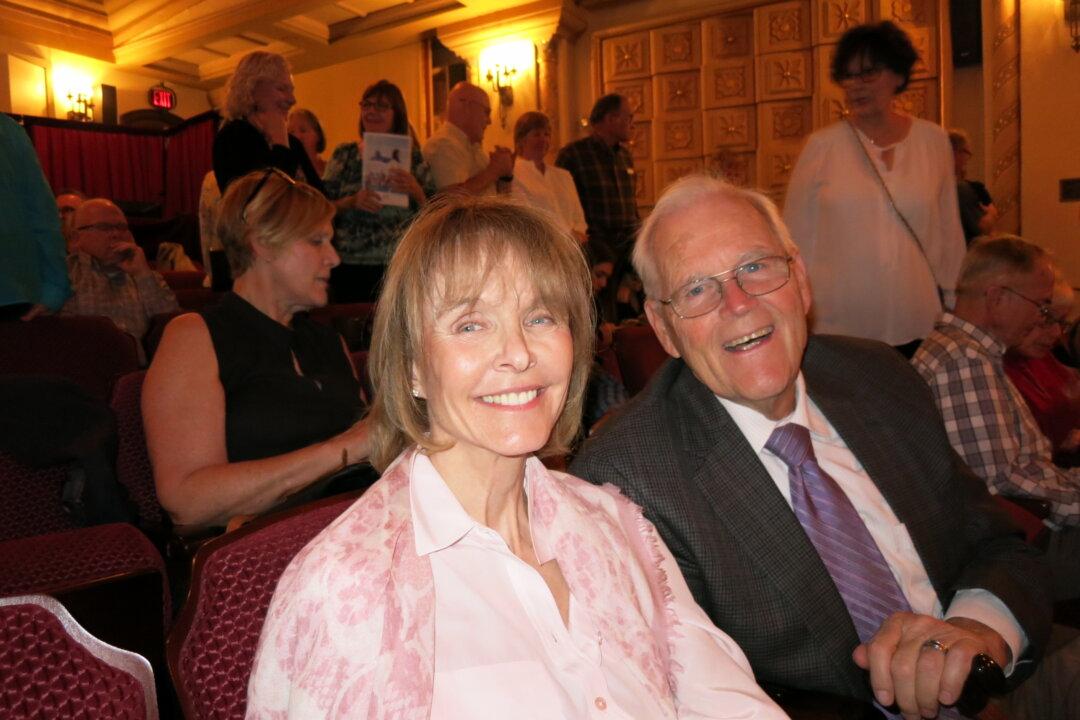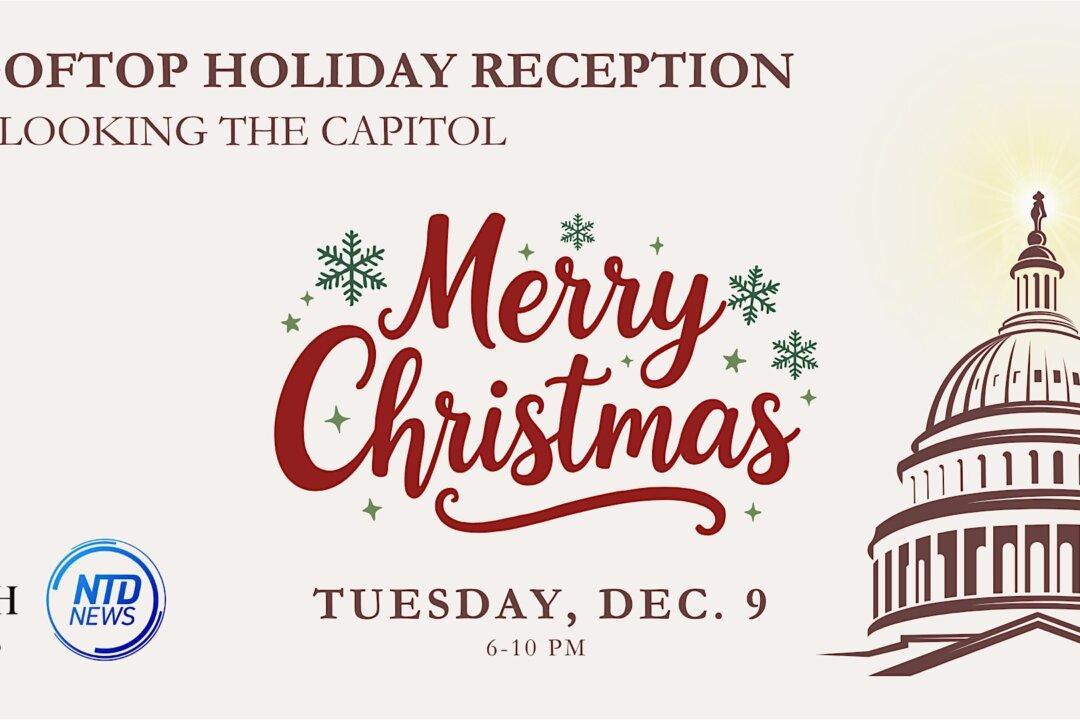SANTA BARBARA, Calif.---Everyone wants to see Shen Yun Performing Arts, said John Hook, after seeing the classical Chinese dance and music company. People had talked to him before he attended, saying, “‘Oh, you are going to Shen Yun? Oh, yes, I wish we could go.’”
“Everybody wants to see this. They want to see this,” he said.
The way Shen Yun tells its stories, the former elementary school teacher for 51 years said, you don’t even need to know Chinese. The dance and the acting allow you to understand the stories plucked from China’s 5,000 years, and to “laugh at the right spots.”
It was “very easy to understand because it’s so beautiful,” he said, and added that the animated graphics allowing characters to move “out of the sea and into heaven” helped with the understanding. “It all ties together.”
Classical Chinese dance, which Shen Yun highlights, is able to capture and clearly express stories that give viewers a taste of the essence of China---of traditional China of the past.
For Mr. Hook, Shen Yun aims to tell the world, “This is China,” that what you are seeing on stage now is the real China, not what you read in the papers today.
Shen Yun is “keeping the spirit alive of Chinese culture,” he said, “because it’s been buried [for] so long now, at least in our life time.”
Mr. Hook attended the Granada Theatre performance on April 30 with Chris Welchman, a writer, who was blown away, she said, by the performance.
She found the history and the stories fascinating, and enormously educational. She learned about China from the program booklet with the background information it provided, from the bilingual emcees introducing each of the 20 or so pieces, and from the whole experience of attending.
“It’s magical and incredibly informative,” she said.
“The colors, the costumes, the spirituality of it---I am fascinated by it. I am taking in the spirituality,” she said.
The essence of Chinese culture is in its inseparable bond with the divine. In fact, the Celestial Empire, as China was once known, was said to have been a gift from the heavens.
Each of Shen Yun dances, vocal or instrumental performances, in some way ties viewers back to its spiritual basis.
For Ms. Welchman, the Creator as presented in the performance overrides both materialism and the military establishment. “It seems to me the spirituality of the people and god is winning,” she said.
The performance had an “almost indescribable beauty” for her, which is also how another audience member described it.






